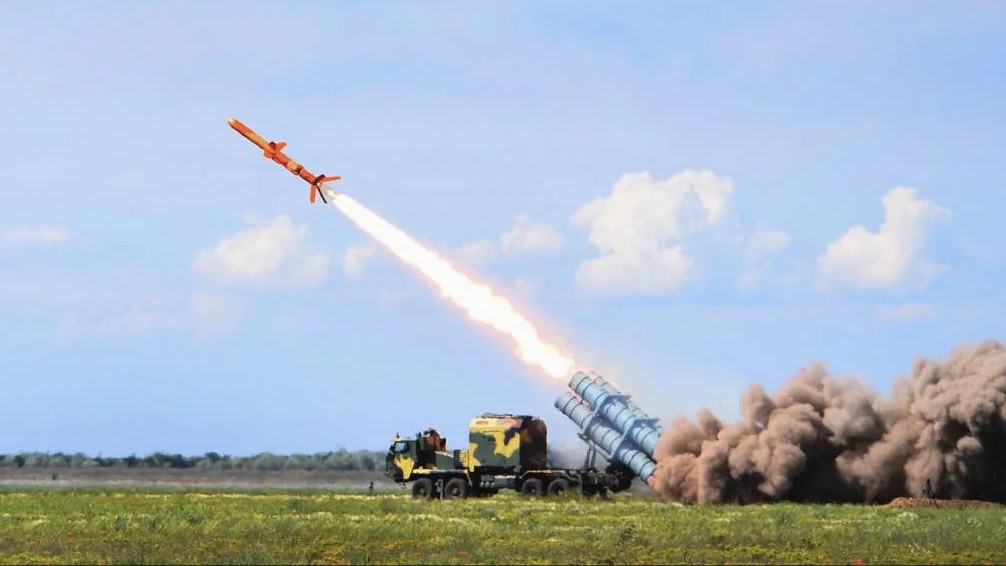Second E-4C Doomsday Aircraft Arrives in Ohio: Inside the $13 Billion Transformation Project

In the latest step forward for the U.S. Air Force's next-generation command and control capability, Sierra Nevada Corporation (SNC) has accepted delivery of a second Boeing 747-8i. This aircraft, set to be transformed into the advanced E-4C Doomsday plane, touched down in Dayton, Ohio, where it will undergo extensive modifications. The program is part of a $13 billion effort to replace the aging fleet of E-4B Nightwatch aircraft, which have been the backbone of the Survivable Airborne Operations Center (SAOC) since the 1970s.
The E-4C Doomsday aircraft are vital assets designed to ensure communication and command for U.S. leaders in the event of a national emergency, including scenarios as catastrophic as nuclear warfare. Known for their durability and comprehensive airborne operations capabilities, these planes are engineered to serve as flying command centers, providing real-time communications between the highest levels of U.S. command and military assets worldwide. In the air, they are built to withstand the electromagnetic pulse (EMP) from a nuclear explosion, keeping critical command functions operational when ground-based infrastructure could be crippled.
A Major Leap Forward for the Survivable Airborne Operations Center Program
Sierra Nevada Corporation's Aviation Innovation and Technology Center is where much of this transformation will unfold. SNC, known for its specialized work in national security and aviation innovation, has been integral in advancing this massive project. The arrival of the second Boeing 747-8i marks a significant milestone in the company’s mission to modernize airborne command and control capabilities.
SNC’s executive team, led by Jon Piatt, Executive Vice President of ISR, Aviation & Security, expressed the urgency and precision required to keep the program progressing smoothly. "Our team is diligently focused on these major milestones to ensure we continue to reduce risk and keep development of this essential capability on or ahead of schedule," Piatt noted. He emphasized that the company aims not only to meet but to exceed the Air Force’s expectations.
Key Partners and Cutting-Edge Facilities
The project isn’t just about a high-tech makeover; it represents a collaboration between top-tier aerospace companies. SNC is working closely with Collins Aerospace and Rolls-Royce, both of which will supply critical systems for the E-4C. These components will be integrated into the aircraft, enhancing its survivability and communication functionality. The inclusion of Rolls-Royce’s advanced engine technology and Collins Aerospace’s communication systems is designed to ensure that the E-4C will be one of the most resilient and sophisticated airborne command platforms ever built.
The infrastructure supporting this effort is impressive. In August, SNC opened a massive 90,000-square-foot hangar in Dayton, constructed to handle the extensive modifications required for these Doomsday aircraft. This site is just one part of a broader expansion: the company has since revealed plans for two additional facilities, set to support both the SAOC program and other Department of Defense initiatives.
The Transformation Process and Long-Term Plans
The E-4C Doomsday aircraft are undergoing a transformation unlike any typical airplane upgrade. The original Boeing 747-8i aircraft, known for their reliability and size, will be equipped with state-of-the-art technology to fulfill their critical command role. Upgrades will include robust communication suites, advanced defense mechanisms, and systems designed to operate even in the harshest conditions. The new E-4Cs are expected to remain in service well into the 2030s, ensuring that the U.S. maintains global command capabilities for decades to come.
The project also has an international dimension. Reports indicate that five decommissioned Boeing 747s from South Korea will be reconfigured and integrated into the new U.S. Doomsday fleet. These aircraft will be outfitted to match stringent U.S. military standards, signaling a unique global collaboration within the broader scope of national defense.
A Long Road Ahead
Despite this progress, the road to fully operational E-4C aircraft is long. SNC is expected to continue work on these platforms until 2036. However, with its current pace and infrastructure investments, the company is optimistic about meeting the ambitious deadlines. The evolving fleet of Doomsday aircraft will replace the old E-4Bs, which have been tirelessly maintained by units like the 595th Aircraft Maintenance Squadron at bases such as Lincoln Airport, Nebraska. These aircraft have been crucial in executing global command and control missions, often on short notice, proving their strategic importance.
Sierra Nevada Corporation's commitment to enhancing national security through technological innovation continues to shape the future of airborne defense. As modifications on this second aircraft begin, the vision of a fully modernized, indestructible airborne command center draws closer to reality, underscoring the enduring need for resilience in the face of global threats.


